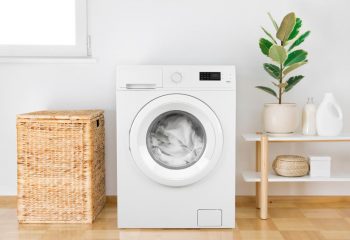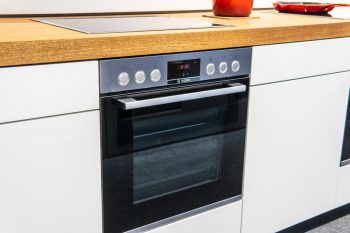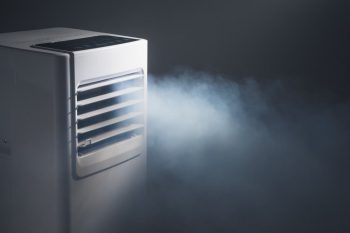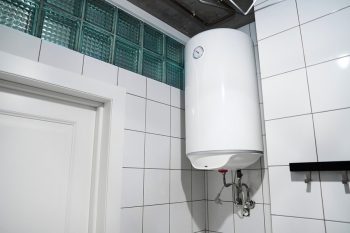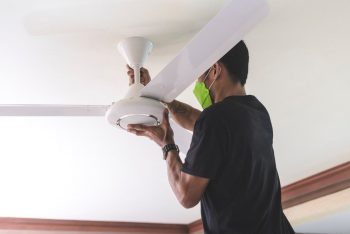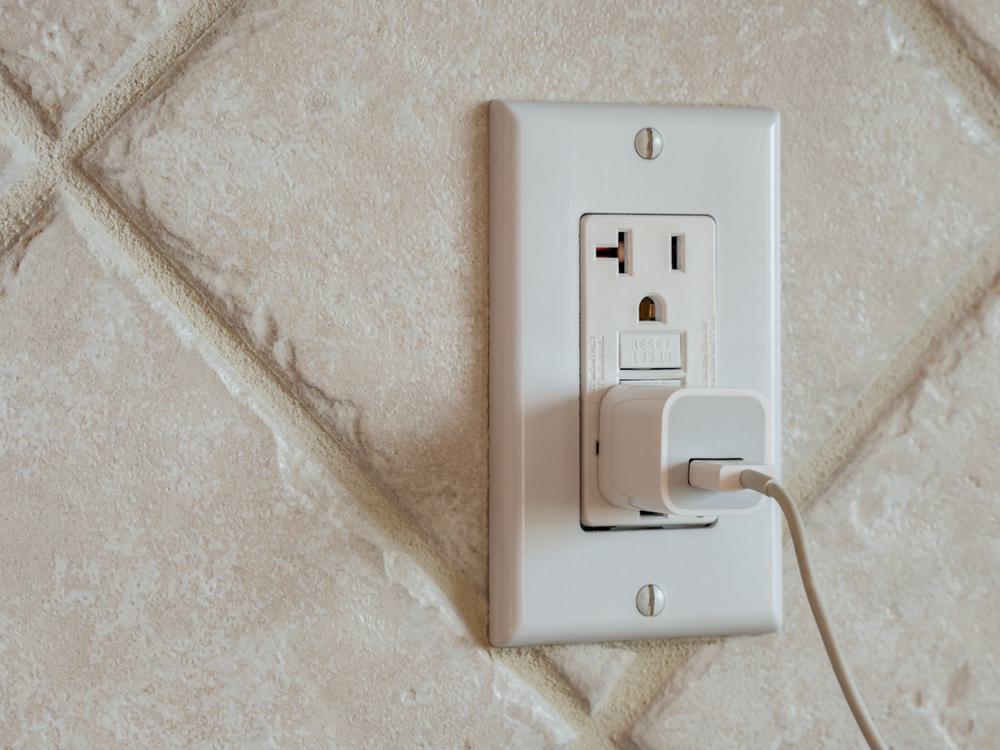
The energy that powers our homes and charges our devices comes from a complex system of sources, conversions, and transmissions. It’s a journey that starts with primary sources of energy, like fossil fuels or renewables, and ends at the electrical outlets in our homes. This comprehensive guide will take you through each step of this journey, explaining where the energy in your home electrical outlets comes from.
The energy in your home electrical outlets comes from a complex system that starts with primary sources of energy, like fossil fuels, nuclear energy, or renewables. This energy is converted into electrical power at power plants, then transmitted through a series of transformers and power lines to your home. Once it reaches your home, the electricity powers your devices when they’re plugged into electrical outlets.
Primary Sources of Energy
The journey of electricity begins with primary sources of energy. These can be categorized into three major groups: fossil fuels, nuclear energy, and renewable energy sources.
Fossil Fuels
Fossil fuels, which include natural gas, coal, and petroleum, are the largest sources of energy for electricity generation. In 2021, natural gas accounted for about 38% of U.S. electricity generation, while coal contributed about 22%.
Nuclear Energy
Nuclear energy is another significant source of electricity generation. Nuclear power plants use nuclear reactions to produce heat, which is then used to generate electricity through steam turbines.
Renewable Energy Sources
These include wind, solar, geothermal, hydroelectric, and biomass energy sources. Renewable energy sources are increasingly being used for electricity generation due to their environmental benefits and potential for reducing dependence on fossil fuels.
Conversion to Electrical Power
Energy from these sources is converted into electrical power through different processes and technologies.
Fossil Fuels and Nuclear Energy
In power plants, the chemical energy stored in fossil fuels is converted into heat energy through combustion. This heat is used to produce steam, which drives the steam turbines. The motion of the turbines spins an electrical generator, converting mechanical energy into electrical energy. Nuclear power plants follow a similar process, with nuclear fission generating the necessary heat.
Renewable Energy Sources
For renewable energy sources, the process varies. Hydro and wind turbines convert the kinetic energy of flowing water or wind into mechanical energy, which is then converted into electrical energy. Solar photovoltaic (PV) panels directly convert sunlight into electricity, while solar thermal systems use sunlight to heat a fluid, producing steam that drives a turbine.
Power Plants and Energy Conversion
Power plants play a crucial role in the process of energy conversion by transforming primary energy sources into electricity. They are the largest energy conversion technologies. The efficiency of these conversions varies depending on the type of power plant and the technology used.
Transmitting Electricity to Homes
Once electricity is generated, it is sent through transformers to increase its voltage, enabling it to travel long distances over high-voltage transmission lines. Upon reaching a substation, the voltage is lowered so it can be sent on smaller power lines. The electricity then goes through distribution lines, which carry it to neighborhoods and residential areas. Before reaching homes, the voltage is further reduced by distribution transformers to a level suitable for household use.
Residential Electrical Outlets
Residential electrical outlets, also known as receptacles, allow electrical devices to connect to the home’s electrical grid. When you plug a device into the outlet, it completes a circuit, allowing electricity to flow through the device and power it.
Measuring and Billing Electricity Usage
Electricity usage in homes is measured using an electricity meter, which records the amount of electricity flowing into your home in kilowatt-hours (kWh). Your electricity bill is calculated by multiplying the kWh of electricity you used by your electricity rate.
Increasing Energy Efficiency at Home
There are numerous ways to increase energy efficiency at home. These can range from regular maintenance of your heating system and adding insulation to your home, to upgrading to energy-efficient windows and appliances, using smart power strips, and installing solar panels.
By understanding where the energy in your home electrical outlets comes from, you can make more informed decisions about your energy usage and find ways to reduce your environmental impact.
Frequently Asked Questions
What is the difference between renewable and non-renewable energy sources?
Renewable energy sources, like wind, solar, and hydroelectric, are naturally replenishing and virtually inexhaustible. They are considered environmentally friendly as they produce less greenhouse gas emissions compared to non-renewable sources. Non-renewable energy sources, on the other hand, such as fossil fuels and nuclear energy, are finite and will eventually deplete. They also tend to produce more greenhouse gas emissions, contributing to climate change.
What is a smart power strip?
A smart power strip is a device that can help reduce energy use in your home. It works by cutting off power supply to devices that are in standby mode or not in use, preventing “phantom” energy usage.
What is the role of an electricity meter in my home?
An electricity meter is a device that measures the amount of electric energy consumed by a residence, business, or an electrically powered device. It records the units of electricity that your household uses, and the readings from the meter are used to calculate your electricity bill.
What is kilowatt-hour (kWh)?
A kilowatt-hour (kWh) is a unit of energy. It’s the amount of energy used by a 1,000-watt electrical appliance running for one hour. The kWh is the standard unit of energy that your electricity company uses to charge you on your bill.
How can solar panels increase energy efficiency at home?
Solar panels can increase energy efficiency at home by converting sunlight directly into electricity. This allows homeowners to generate their own electricity and reduce their reliance on the grid. In many cases, excess electricity generated by solar panels can be sold back to the grid, further reducing electricity costs.

